GET LECTURE HANDOUTS and other DOWNLOADABLE CONTENT FROM THIS VIDEO SUPPORT US ON PATREON OR JOIN HERE ON YOUTUBE. https://www.patreon.com/medsimplified The testis is the male gland important for both reproductive and endocrine functions. Initially, it begins as an undifferentiated gonad in the retroperitoneal area. Transcription of the SRY gene (testis-determining factor region) on the Y chromosome ultimately leads to sex differentiation. Without the SRY gene, the gonad would develop into an ovary. As the fetus develops, the functioning testis produces the male hormone testosterone to allow development of male genitalia. Over the last 3 months of gestation, the testis must course its way down from its original retroperitoneal position to its final destination in the scrotum. During its journey it must pass through the peritoneum, abdominal wall via the inguinal canal, and into the scrotal pouch. The testis is a paired, ovoid male reproductive organ that sits in the scrotum, separated from its mate by a scrotal septum. Described by some as being shaped and sized like a large olive or small plum, the average volume of the adult testis is approximately 25 mL. Typically, it measures 3.5-5 cm in length by 2.5-3 cm in both width by 3cm in depth The tunica vaginalis testis (a remnant of the processus vaginalis) envelopes the testis in a double layer, except at the superior and posterior borders where the spermatic cord and epididymis adhere to the testes. The visceral layer of the tunica vaginalis testis is closely applied to the testis, epididymis, and ductus deferens. On the posterolateral surface of the testis, this layer invests a slit-like recess between the body of the epididymis and the testis that is called the sinus of epididymis.[5] The parietal layer of tunica vaginalis is adjacent to the internal spermatic fascia, is more extensive, and extends superiorly into the distal part of the spermatic cord. Deep to the tunica vaginalis, the tunica albuginea is a tough, fibrous outer covering of the testis. On the posterior surface, it is reflected inwardly to form an incomplete vertical septum called the mediastinum testis. The mediastinum testis extends from the superior to near the inferior portion of the gland. It narrows in width as it travels inferiorly. Anteriorly and laterally, numerous imperfect septa are given off, which radiate to the glands surface and are attached to the tunica albuginea. These divide the interior of the testis into numerous, cone-shaped spaces that have a wide base at the gland’s surface and narrow as they converge to the mediastinum. In these spaces, the numerous lobules of glandular structures (the minute but long and highly coiled seminiferous tubules) are housed. The mediastinum supports the ducts and vessels as they pass to and from the glandular substance. The seminiferous tubules are lined with germ cells that produce sperm and nutrient fluid. These tubules empty their contents into a network of anastomosing ducts, which ultimately empties into the epididymis. he epididymis is a comma shaped, elongated structure composed of a single, fine tubular structure estimated up to 6 meters (approximately 20 feet) in length. This tube highly convoluted and tightly compressed (average size of approximately 5 cm) to the point of appearing solid. Located on the posterior border of the testis, it is composed of 3 parts, including the head (caput), body (corpora), and tail (cauda). The epididymal head overhangs the upper pole of the testis, receives the seminal fluid from the ducts of the testis (which pierce the upper portion of the mediastinum), then allows the passage of the sperm into the distal portion of the epididymis. Due to its length, the epididymal duct allows space for storage and maturation of sperm. Progressively tapering in width, the narrow tail continues as the ductus deferens Subscribe here – https://www.youtube.com/channel/UCOmrniWfKi-uCD6Oh6fqhgw Watch Again : https://youtu.be/ImetvbMXgUA -~-~~-~~~-~~-~- CHECK OUT NEWEST VIDEO: “Nucleic acids – DNA and RNA structure ” https://www.youtube.com/watch?v=0lZRAShqft0 -~-~~-~~~-~~-~-
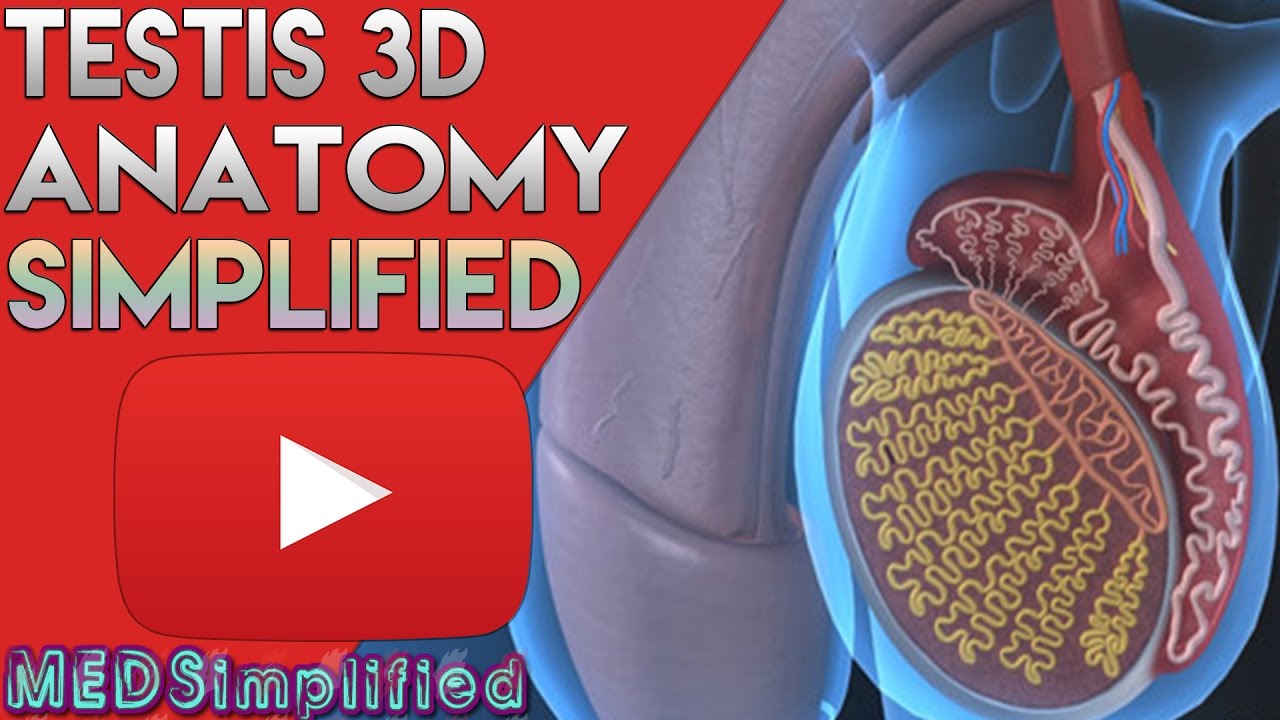
Testis and Epididymis – Male Reproductive Anatomy Part 1
- Post author:
- Post published:May 7, 2021
- Post category:Uncategorized
- Post comments:0 Comments
You Might Also Like

GCSE Science Revision Biology “Control of Blood Glucose Concentration”

Military Press – Dumbbells

Vitamin B Complex – What and Why?

10 Foods to Avoid During Breastfeeding

Circuit Training – Exercises Ideas

Top Speed & Lower Body Athletes Training | Overtime Athletes
![Read more about the article [iPad] Surgeon Simulator – Kidney Transplant A++](https://videos.drmaheshkumar.com/wp-content/uploads/2021/05/iPad-Surgeon-Simulator-Kidney-Transplant-A-300x225.jpg)
[iPad] Surgeon Simulator – Kidney Transplant A++

Triceps Dips-8
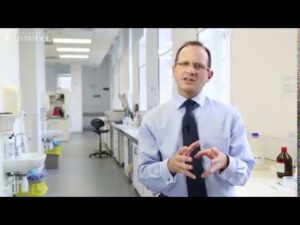
Biological Psychiatry Video – 2
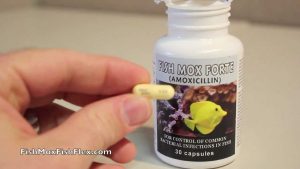
Fish Mox Forte 500 mg Amoxicillin Fish Antibiotic

Neurobion Forte benefits | Vitamin B Complex- Uses, Side-effects, Precaution | Doctors Review

Lat Pull Downs Gives you Wings (Hindi / Punjabi)

Upright Row – Shoulder rehab exercises with resistance band

Bowflex® How-To | Shoulder Side Raises for Beginners

What Is Heart Failure? | Heart Disease

How To Get V-Shape Back

Respiratory System And Asanas Video – 2

Importance of Antioxidants – Hindi

What Is Circuit Training? | Gym Workout

What is SOCIOLOGY OF SPORT? What does SOCIOLOGY OF SPORT mean? SOCIOLOGY OF SPORT meaning

Chocolate Peanut Butter Protein Smoothie – Meal Replacement, Pre and Post Workout Shake

What makes muscles grow? – Jeffrey Siegel

Neurology Video – 4

Protein Requirements to Build Muscle & Lean Mass
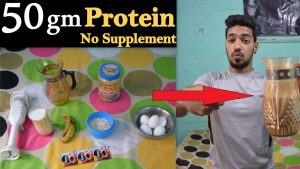
Easy Home Made Protein Shake Without Protein Powder

PNF Contract-Relax Stretch

How To: Overhead Front Raise (With Plate)

Addiction Psychiatry Video – 2

How To Do TRICEPS BENCH DIPS EXERCISE

HOW INSULIN WORKS – Science of WEIGHT LOSS

Cable Front Raise Exercise

Goodmorning-1

Dumbbell Curl-1

Yoga Diet Video – 3
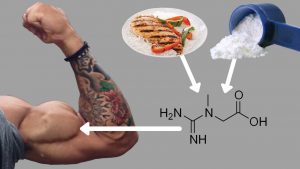
Creatine: How to Best Use It for Muscle Growth (Avoid Side Effects)!

Defined Fitness Farmington NM – Complete Gym Tour

Learning Disability Video – 2
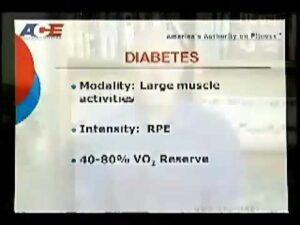
Exercise Programming for Special Populations: Recent Advances

Close grip tricep extensions supersetted w/ earthquake curls

Gynecomastia Patient Testimonial | Plastic Surgery Clinic Thailand

